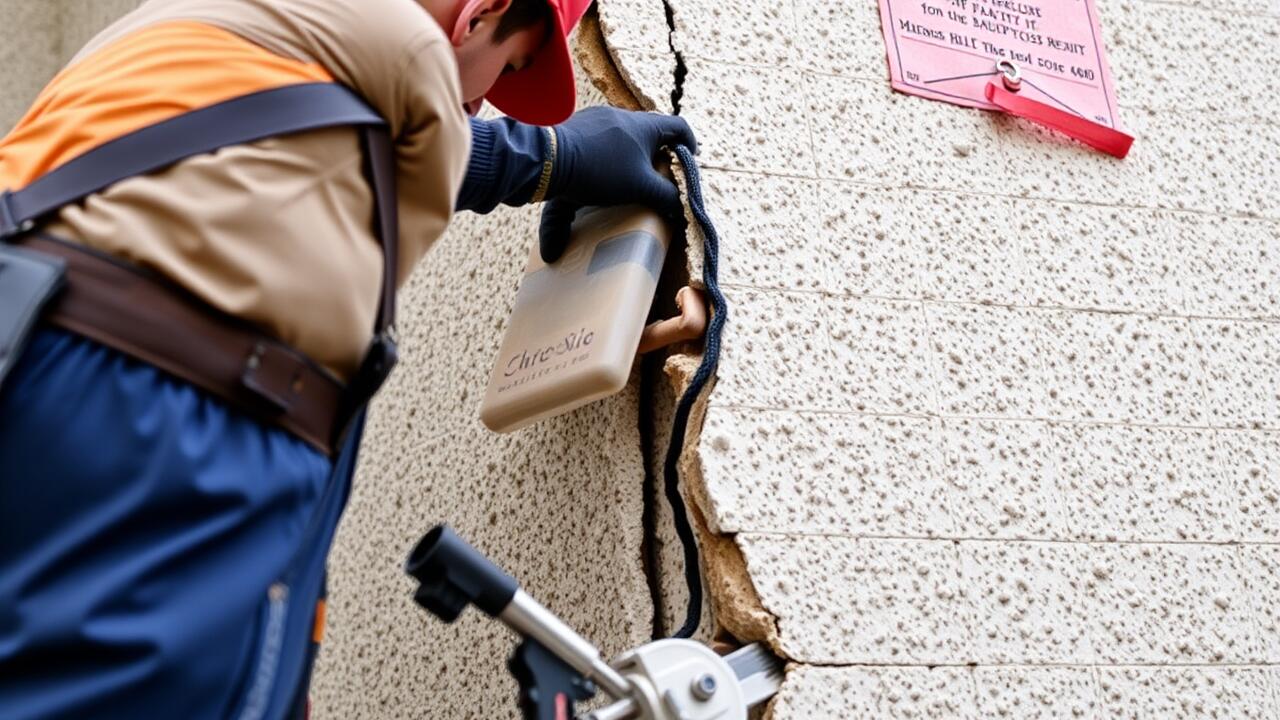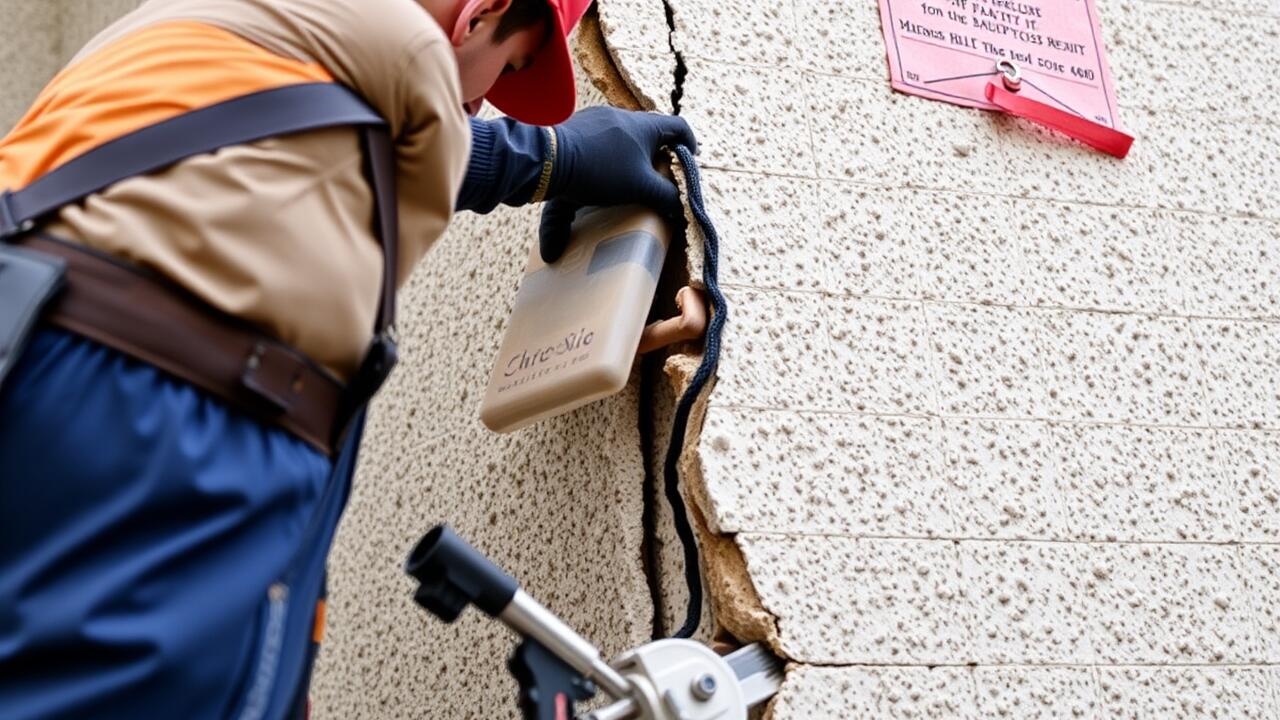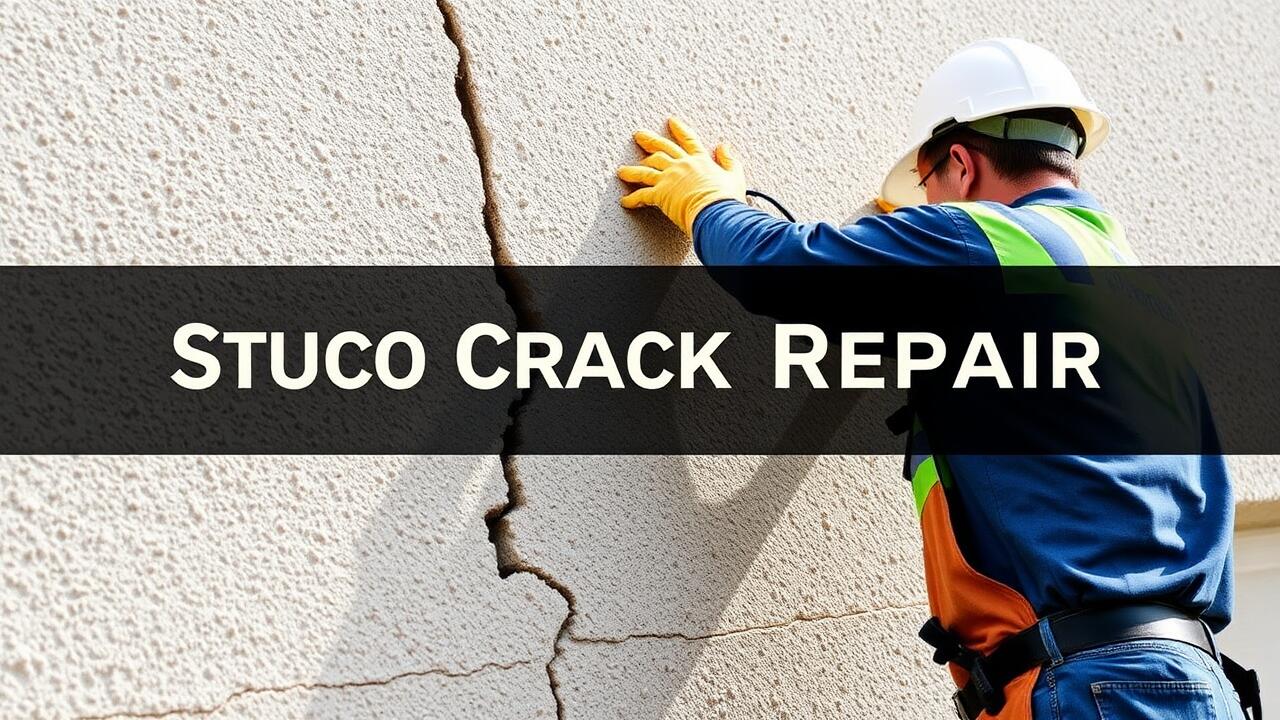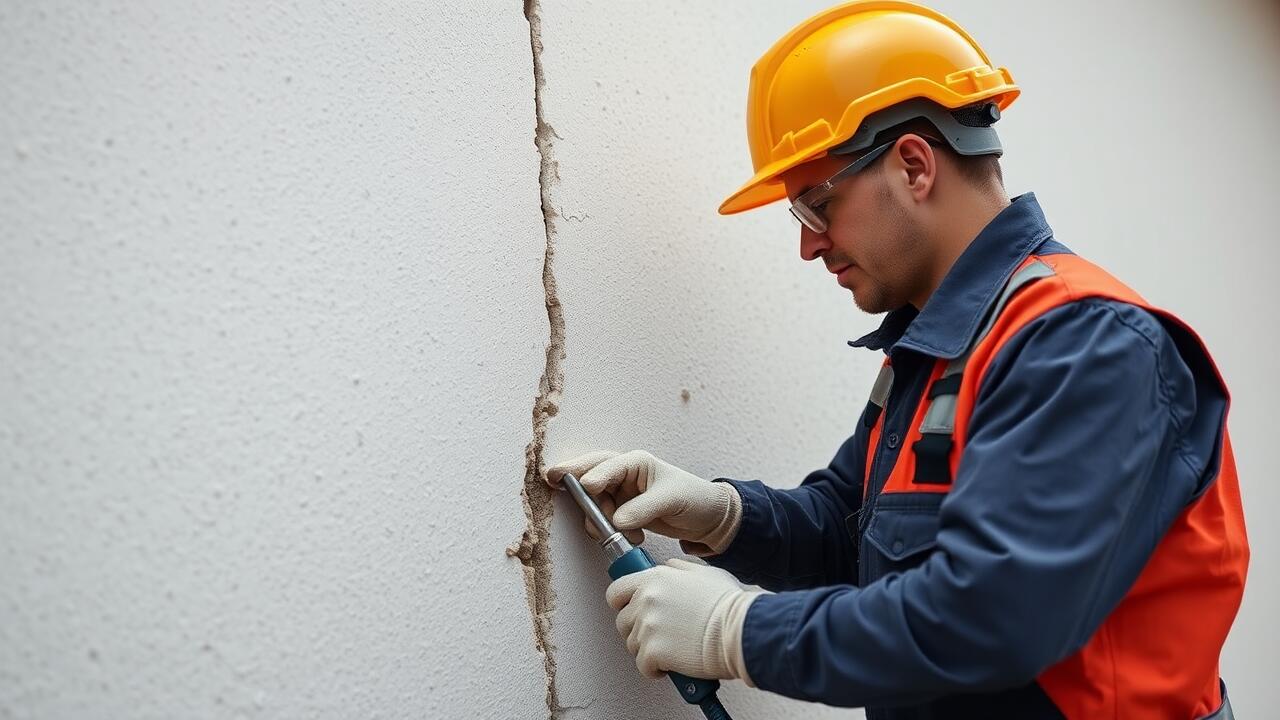
Polyurethane Caulk
Polyurethane caulk is a top choice for repairs in stucco surfaces due to its flexibility and strong adhesion properties. It effectively withstands the expansion and contraction that often occurs with stucco as weather conditions change. This type of caulk prevents water infiltration, which can lead to further damage, making it a reliable option for long-lasting repairs.
For those seeking stucco crack repair in Downtown Los Angeles, polyurethane caulk offers the durability necessary for maintaining the integrity of exterior walls. Its weather resistance and ability to bond well with stucco ensure that cracks are sealed effectively, minimizing the risk of deterioration over time. The ease of use and robust performance make it a valuable resource for homeowners and professionals alike.
Benefits of Polyurethane for Long-Term Repairs
Polyurethane caulk stands out as a reliable choice for long-term stucco crack repairs due to its exceptional elasticity and strong adhesion. This material effectively accommodates the natural expansion and contraction of building materials, ensuring that the seal remains intact under various weather conditions. While traditional caulks can dry out and crumble over time, polyurethane maintains its flexibility, making it a dependable option for homeowners seeking durable solutions.
In the context of Stucco Crack Repair Venice, Los Angeles, the use of polyurethane becomes particularly advantageous. Coastal environments, with their unique climate challenges, demand materials that withstand moisture and temperature variations. Polyurethane caulk not only resists water penetration but also provides a robust barrier against the elements, ensuring that repairs hold up longer and require less frequent maintenance.
Preparation Before Caulking Stucco
Proper preparation is key to achieving a long-lasting caulking repair for stucco surfaces. Start by thoroughly cleaning the area around the cracks. Use a wire brush or a masonry tool to remove any loose debris, old paint, or crumbling stucco. This ensures that the caulk adheres well to the surface. For optimal results, consider using a vacuum to eliminate dust and dirt, which can interfere with the bond between the caulk and stucco.
Once the area is clean, inspect the cracks to determine their depth and width. If necessary, enlarge the cracks slightly to create a proper opening for the caulk. In Sherman Oaks, Los Angeles, professionals often recommend using a primer if the stucco is particularly porous. Additionally, masking tape can help to create clean lines, minimizing the mess during application. Careful preparation will lead to more effective repairs and enhance the overall durability of your stucco crack repair.
Essential Steps to Prepare the Area
Preparing the area before applying caulk is crucial for achieving a lasting repair. First, assess the extent of the damage and clean the surface thoroughly. Remove any loose debris, dust, or old caulk using a putty knife or a wire brush. This will ensure that the new caulk adheres properly to the stucco. If dirt or grime is present, a pressure washer or a garden hose with a scrub brush can be effective in cleaning the surface.
Next, allow the area to dry completely before applying the caulk. Moisture left on the surface can prevent proper adhesion. If there are any deeper cracks, consider using a backer rod to fill in the void space before caulking. This ensures that the caulk is not too thick and provides additional support for a better seal. By following these steps, you prepare the stucco effectively for a successful caulk application, essential for any effective Stucco Crack Repair North Hollywood, Los Angeles.
Application Techniques for Caulking
When applying caulk to stucco cracks, starting with a clean and dry surface is essential. Remove any old caulk, dirt, or loose stucco using a wire brush or scraper. Once the surface is clean, use a primer if recommended for the specific caulk product. This ensures better adhesion. For larger cracks, consider using backer rod to fill the void before applying the caulk. This not only improves the flexibility of the joint but also prevents the caulk from sinking into the crack.
Using a caulking gun, apply the caulk in a steady, continuous motion. Aim for a uniform bead of caulk that slightly overfills the crack. A putty knife or your finger can be used to smooth the caulk, ensuring it properly adheres to the stucco. Pay attention to the depth and width of the crack; applying too much caulk can lead to trapping moisture. For homeowners focusing on Stucco Crack Repair Venice, Los Angeles, take the time to ensure a neat finish, as this contributes to both aesthetics and durability.
Best Practices for a Smooth Finish
Achieving a smooth finish when applying caulk to stucco is crucial for both aesthetics and long-term durability. First, ensure that the caulk is applied evenly without excessive pressure. Maintaining a steady hand while using a caulking gun can help form a consistent bead. Additionally, consider using a moisture-triggered tool to ensure that the caulk adheres properly to the stucco surface. This not only promotes a clean line but also prevents any unsightly gaps that may form as the caulk dries.
After applying the caulk, tooling it with a damp finger or a smoothing tool can create an attractive finish. This technique helps to properly shape the caulk to match the contours of the stucco. For best results, work in small sections and move quickly to ensure the caulk remains workable. If you're looking for expert assistance with your project, many professionals specialize in stucco crack repair Venice, Los Angeles, providing the knowledge and skills necessary for a flawless application.
FAQS
What is the best type of caulk to use for stucco cracks?
Polyurethane caulk is highly recommended for stucco cracks due to its durability and flexibility, making it ideal for long-term repairs.
Why is polyurethane caulk preferred for stucco?
Polyurethane caulk offers excellent adhesion, weather resistance, and is capable of expanding and contracting with temperature changes, which is essential for maintaining the integrity of stucco surfaces.
How should I prepare the area before applying caulk to stucco?
To prepare the area, clean the crack thoroughly by removing any loose material, dust, or debris. Ensure the surface is dry before applying caulk.
What are some best practices for applying caulk to stucco?
Use a caulk gun to apply an even bead of caulk, press it into the crack, and smooth it out with a putty knife or your finger for a neat finish. Always follow the manufacturer's instructions.
How long does polyurethane caulk last on stucco?
Polyurethane caulk can last for many years, often up to 20 years or more, depending on the conditions and the quality of the application.



